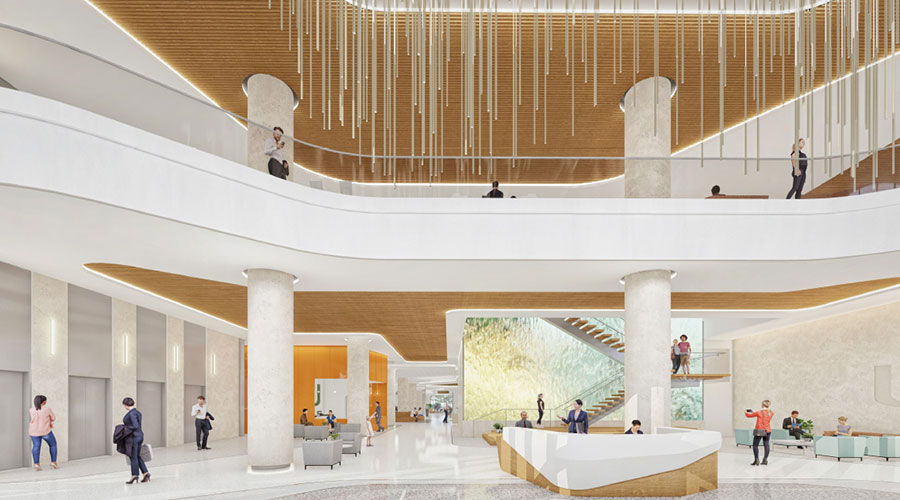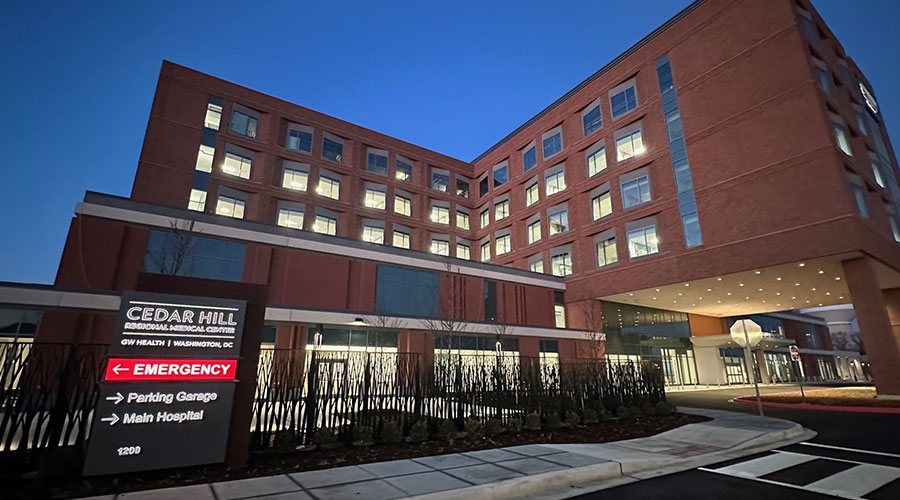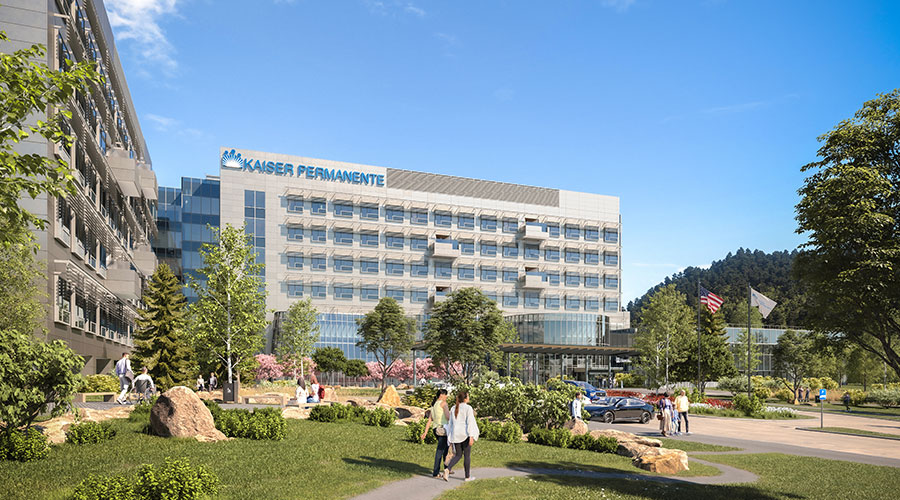Design trends in assisted living facilities are evolving to blend home and hospitality finishes and amenities while using evidence-based design to assess the strategies that actually benefit seniors.
More seniors are staying home for longer, says an article in Healthcare Design, so assisted living facilities are changing their amenities to make the transition from home to institution as seamless as possible.
Trends include providing dining facilities with a restaurant-like feel and which support social interaction, such as a bar, bistro or ice cream parlor. Facility amenities are also borrowing from hospitality with sports facilities, art gallery space, general stores, and on-site health services.
However, designers are recognizing that people don't want to live long-term in a hotel and so must strike a balance between high-end finishes and treatments while still being residential.
Research is also being used to evaluate resident's preferences and needs. According to the article, one study found that color and pattern by themselves are not sufficient wayfinding mechanisms with a senior population, which needs more unique visual cues. A connection to familiar faces has also been found to be important in assisted living.
And unlike assisted living facilities of the past, current designs must be technologically savvy both to support resident's wireless technology needs and electronic medical records.
Read the article.

Design of assisted living facilities shifts to meet boomer tastes, needs
Design trends in assisted living facilities are evolving to blend home and hospitality finishes and amenities while using evidence-based design to refine strategies.
By Healthcare Facilities Today
April 15, 2013
Topic Area: Interior Design
Recent Posts
 Design Plays a Role in the Future of Healthcare
Design Plays a Role in the Future of Healthcare
With no healthcare facilities popping up, designers need to create spaces that will stand the test of time.
 Cedar Hill Regional Medical Center GW Health Officially Opens
Cedar Hill Regional Medical Center GW Health Officially Opens
It is the first freestanding, full-service hospital to be constructed in Washington, D.C., in over 25 years.
 Designing Healthcare Facilities for Pediatric and Geriatric Populations
Designing Healthcare Facilities for Pediatric and Geriatric Populations
Understanding the nuanced needs of both age groups is essential to creating supportive multi-generational environments.
 Kaiser Permanente Announces New Hospital Tower at Sunnyside Medical Center
Kaiser Permanente Announces New Hospital Tower at Sunnyside Medical Center
It plans to open this new facility on the campus in 2029.
 Building Disaster Resilience Through Collaboration
Building Disaster Resilience Through Collaboration
The ability to respond quickly and recover effectively depends on the strength of an organization’s external bonds.